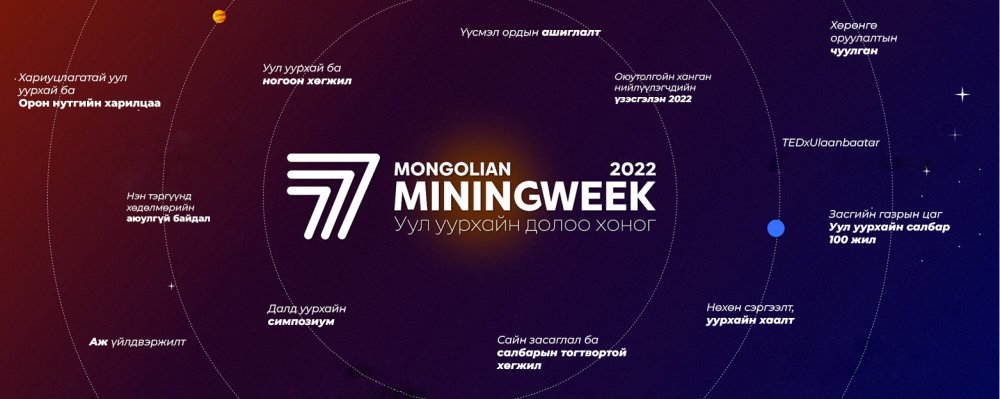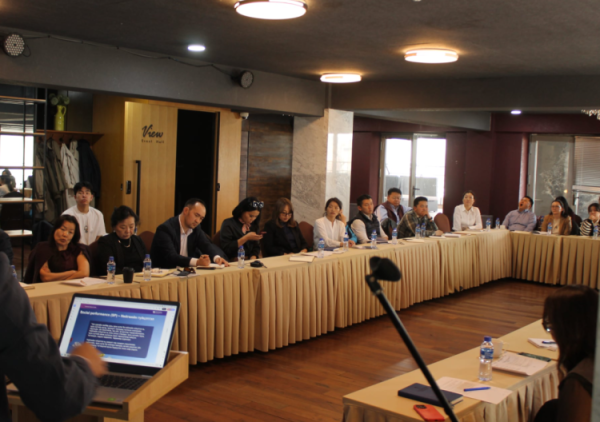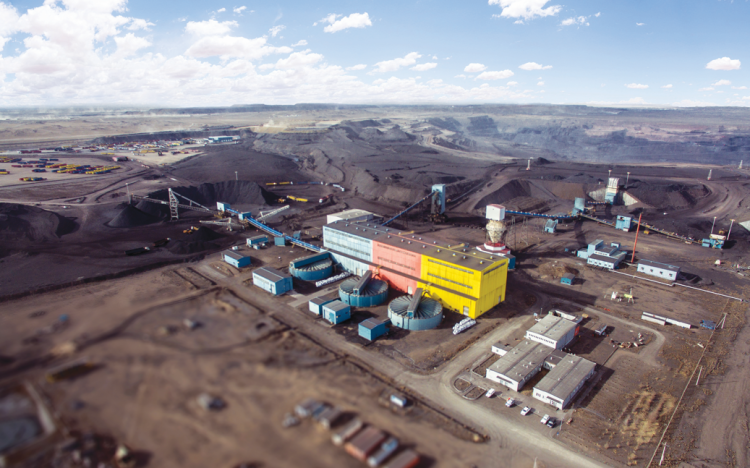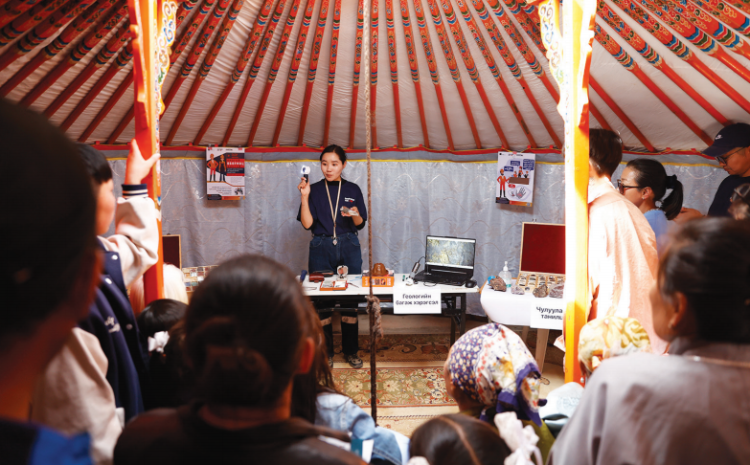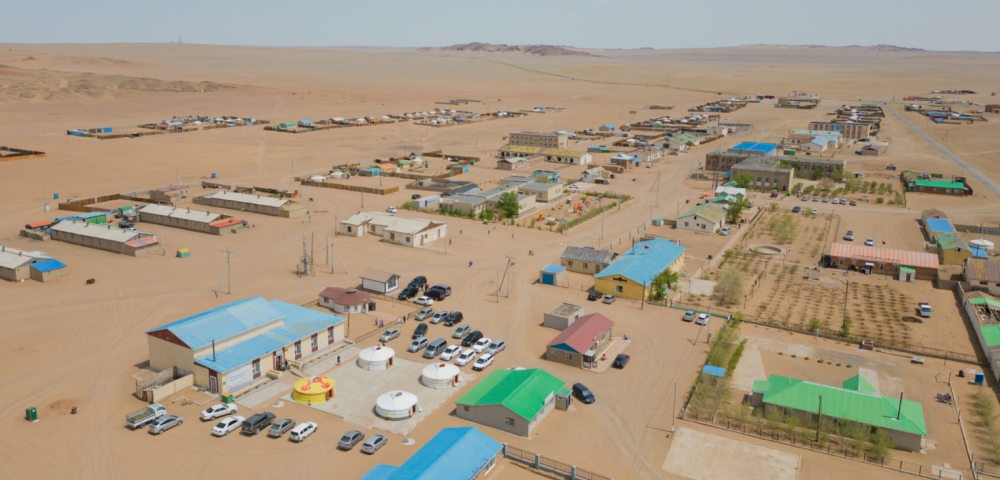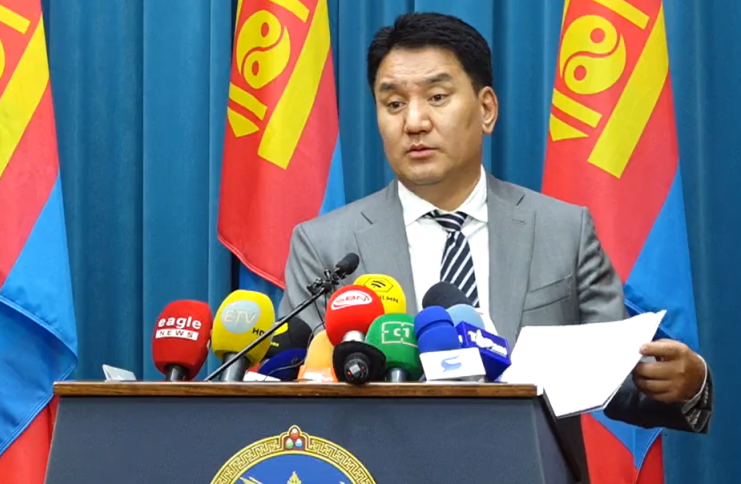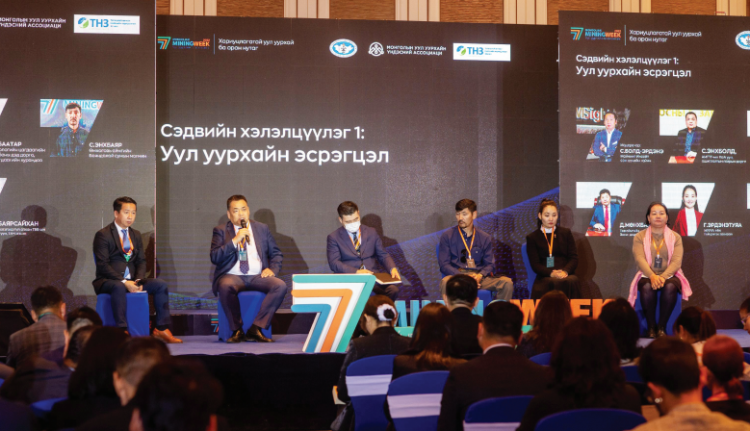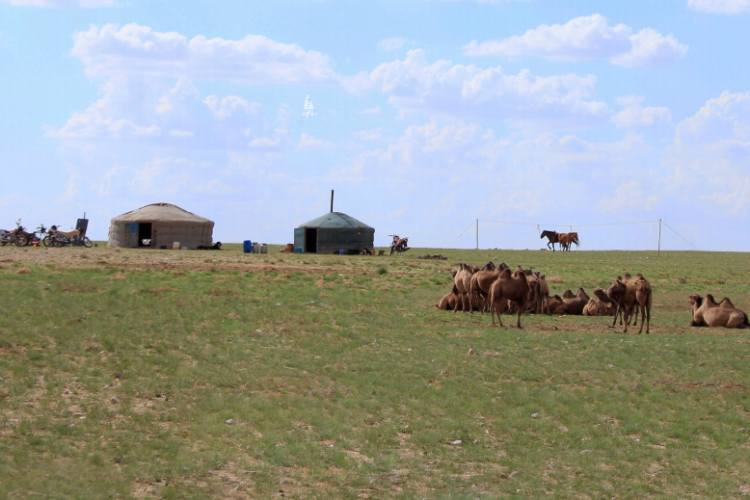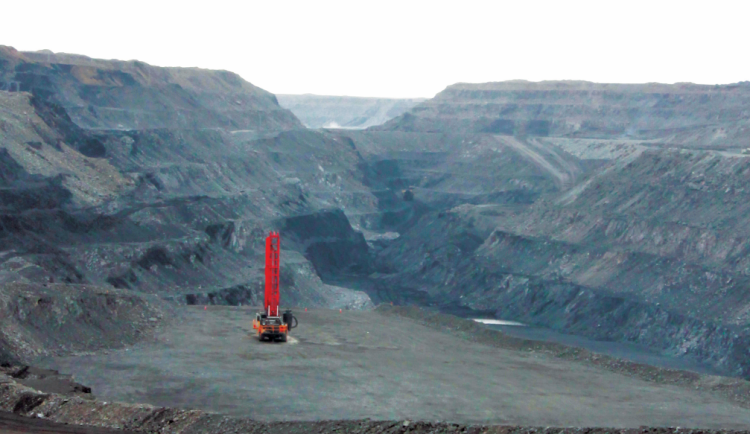Ernst & Young annually identifies 10 risks facing the mining industry. ESG, or environmental, social, and governance, was among the top 10 risks for 2023 released in September of this year. Last year, the issue of environmental and social permits took the lead, while in 2019-2020, the issue of operating permits was the most urgent. Social, environmental, and operational approval issues have been considered the highest risk in the last 10 years. In other words, environmental and social approval has long been the main problem facing the global mining industry. Mongolia’s mining sector is not any different. There is no specific research, but the negative environmental impact of irresponsible mining and the resistance of the citizens caused by it are contributing to the stagnation of Mongolia’s mining industry. Therefore, for the responsible development of the mining industry, which is the main engine of the economy, it is crucial to get understanding and support from the local administration and citizens, which requires the joint participation of mining companies and government agencies.
The “Responsible Mining and Relationship with local communities” forum during “Mining Week” addressed this topic. The forum was jointly organized by the Minerals and Petroleum Authority of Mongolia (MRPAM), the Mongolian National Mining Association (MNMA), and the National Council for Sustainable Development and Social Responsibility with the support of Oyu Tolgoi. The development of responsible mining, prevention of irresponsible mining, and local relations are not issues that only concern mining companies. Organizers focused on listening to the opinions of local administrations and citizens in mining regions and having unified information and a common understanding. In addition to mining companies, government bodies, civil societies, representatives of herders, and authorities from Khovd, Umnugovi, and Dundgovi provinces were invited to the forum. Also, research professors from the University of Queensland, Australia, and the University of British Columbia, Canada, who have extensive research experience, participated and heard the solutions to the problem of mining companies and local relations. This forum was held on two main topics and discussions: “Contrasts of mining”, i.e. responsible and irresponsible mining, and “Current issues in local relations”.
ILLEGAL MINING PRACTICE PERSISTS IN ALL PROVINCES
S.Enkhbold, Head of the Exploration and Exploitation Department of MRPAM, opened the session on the topic “Opposition to Mining” and presented the current situation of the minerals sector. According to the data of MRPAM, the area with mineral licenses was 70 million hectares in 2005, but as of September of this year, the number fell 11 times to 6.1 million hectares. The decrease in licensed areas was caused by a sharp decline in the number of exploration licenses. Such a reduction in the number of exploration licenses will adversely affect the country’s interests in the long run. We explore to find out whether there are underground resources, if so, what kind, how much, and whether it is economically viable. Chairman S.Enkhbold explained that companies that have obtained exploration licenses sell assets, conduct research, and return their licenses to the government if they have no resources or prospects. In addition, it is clear from the data of MRPAM that even companies with licenses cannot sell their assets or work actively. The size of the area that is actively engaged in exploitation is 0.23 percent of the total territory, which was an answer to the suspicion that mining is destroying the entire environment.
About 400 mining plans are submitted to the area per year, but only 250- 270 have stable operations. When asked why companies have not been conducting activities in the last six years, almost half of them say that they cannot operate due to a lack of investment. About 30% is because they are conducting additional exploration, upgrading the resource grade, and conducting feasibility studies.
All of this has been affected by issues such as the decrease in the price of mineral products, the worsening of mining technical conditions, the fact that companies that have received new permits cannot get loans because they do not have a credit history, and some of them have not prepared documents within the legal requirement. From all this, it can be concluded that Mongolia’s geological and mining industry has stagnated. Except for a few large mines and alluvial gold deposits, many activities in the geological and mining sectors are deteriorating. However, on the other side of this, irresponsible mining activities persist, according to some reports. Due to irresponsible mining, environmental damage, non-rehabilitation, and illegal mining practices still cause issues. It is necessary to define what irresponsible mining is. According to common understanding, they do not carry out rehabilitation, they do not mine according to standards and laws, and they do not implement their environmental protection plans. In addition, illegal unlicensed miners can be included. Dr. Joseline Fraser of the University of British Columbia, Canada said, “Mining companies need to work closely with local governments and communities to develop responsible mining. Before starting the project, it is important to study the problems and local development objectives, listen to the voices and coordinate the activities. Public trust can be earned and responsibility can be proven in this manner.” A significant number of Mongolians imagine mining as only extractives. This is visible from the following information from government agencies.
S.Enkhbold, Head of the Exploration and Exploitation Department of MRPAM, reported that in the last two years, according to the opinion of the Ministry of Environment and Tourism, the licenses of 53 companies were revoked over irresponsible mining practices and non-rehabilitation activities. In addition, mining activities without permits, re-mining in the name of rehabilitation, and the use of minerals under a widely distributed mineral license by the decision of the soum management have become quite common. They are not artisanal gold miners, they are a technically capable and well-connected group. In his speech, S.Enkhbold said, “This year, although banks cut loan issuance to gold miners by 10 times, the sales of mining vehicles and equipment remain at the same level. In conclusion, I would like to say that apart from construction and mining companies, most of the equipment is taken by illegal and irresponsible miners.” Ecological Police Service confirmed his reasoning with an actual example. It is safe to say the National Transportation Center is also involved in the crime of illegal use of minerals. About 3,000 people enter Mongolia every year. 18-22 percent of them are not registered, do not get a national license plate, and do not pay taxes. T.Baatar, deputy head of the Ecological Police Service, informed that in the future, the Customs and Excise Department should work on the registration of equipment. This is a case of an increased number of advanced artisanal mining, or illegal extraction activities. In the Yalbag area of Selenge province alone, 57 vehicles were confiscated by ECA and confiscated in Bugant. Colonel T.Baatar pointed out that when flying a drone in Bugant village, there are about 5 vehicles inside every private land, and they are illegal gold miners. He also reported specific cases of illegal extraction. In the Bayangol soum area of Selenge province, under the pretext of rehabilitating a common mineral exploration licensed area, “Mongol Gazar” and “MG H” company illegally mined minerals in the Orkhon bagh of Tsenkher soum, Arkhangai province, but the rehabilitation work was carried out with a license.
Investigations were carried out in cases of MNT 35.1 billion in damage to the environment due to non-compliance. Colonel T.Baatar emphasized that illegal mining activities are taking place in every province. Representatives of civil societies and herders participated in the “Opposition to Mining” meeting and expressed their opinions and positions. They believe that the fact that mining companies do not listen to the opinions and participation of civil societies and the local community contributes to the emergence of irresponsible mining. He also mentioned that there are quite a few mining companies that cooperate with civil society organizations and ensure the participation of citizens. N.Bayarsaikhan, the Head of the “Borderless Step” NGO, said, “Civil societies are active in the mining sector. Responsible implementation of cooperation agreements and joint environmental monitoring are implemented regularly. Civil societies are not stubborn, nor do they oppose mining. Ultimately, the efforts are for protecting businesses and creating good governance.” All the participants in the meeting expressed that irresponsible mining should be stopped and the persons involved in such activities should be made public. To combat irresponsible mining, government and non-government organizations and citizens said that it is important to support and promote responsible companies.
Also, because what creates small-scale mining is sluicing, it is necessary to create a legal regulation that immediately cancels the exploitation license in case of sluicing. Representatives of civil society say that as long as mining is not stopped, the activities of small-scale and artisanal mining will not stop. CEO of the MNMA G.Erdenetuya reported that she is planning specific activities that define responsible mining practices, and help and support companies in conducting responsible activities. “The MNMA has been following the basic principle that mining operations should be responsible. We are implementing the Responsible Mining Code (RMC) to hold companies accountable. It will have eight principles, including ensuring multi-stakeholder participation, accessibility to citizens, and minimizing the negative impact on the environment. RMC is implemented according to the basic principles of Planning, Implementing, Monitoring, and Improving.” Director G.Erdenetuya emphasized that by implementing this requirement, project implementers will get a social license and have a significant impact on the stability of their operations. It has been defined internationally that mining activities should respect and protect the interests of the people and local communities and the environment, as well as make a large, fair and significant contribution to its economic development.
All parties say that if we want to develop and expand the mining sector in the future, it is necessary to be responsible for the whole, not just economic benefits, and then we will be able to get the support of citizens and the public.
Mining Insight Magazine, October 2022, special edition of “Mining Week 2022”




